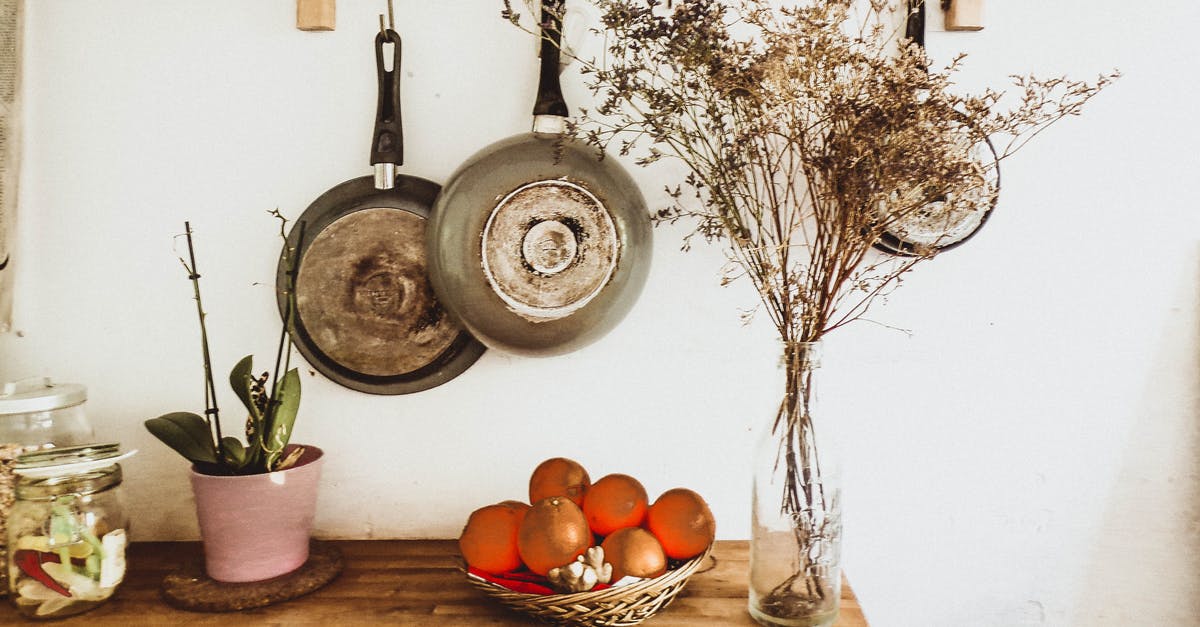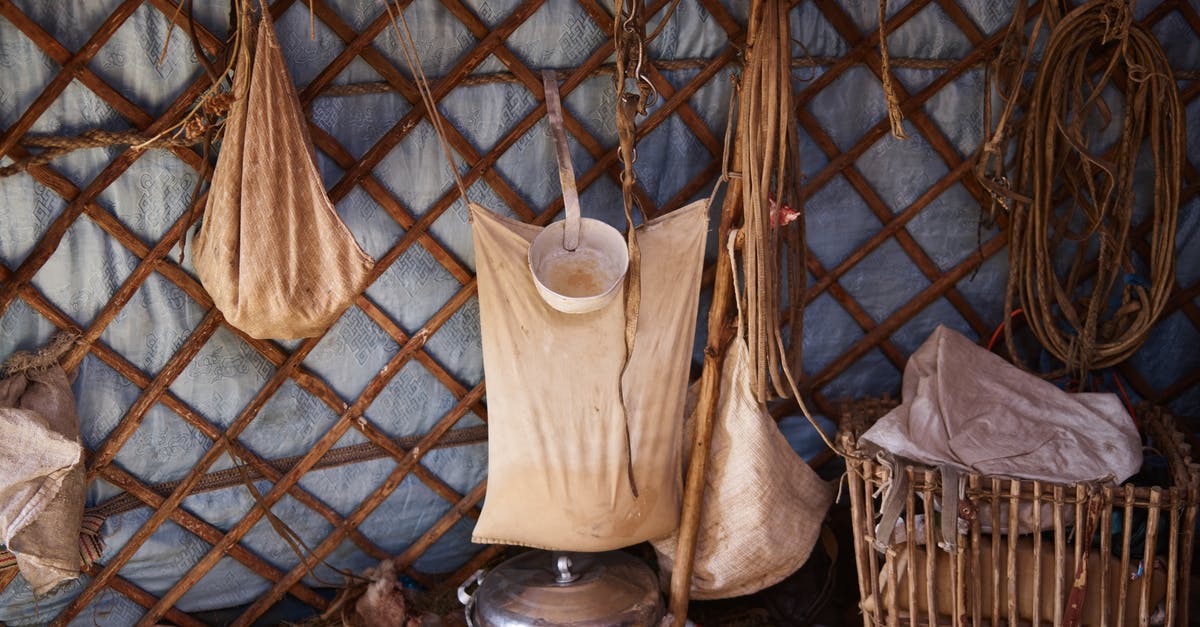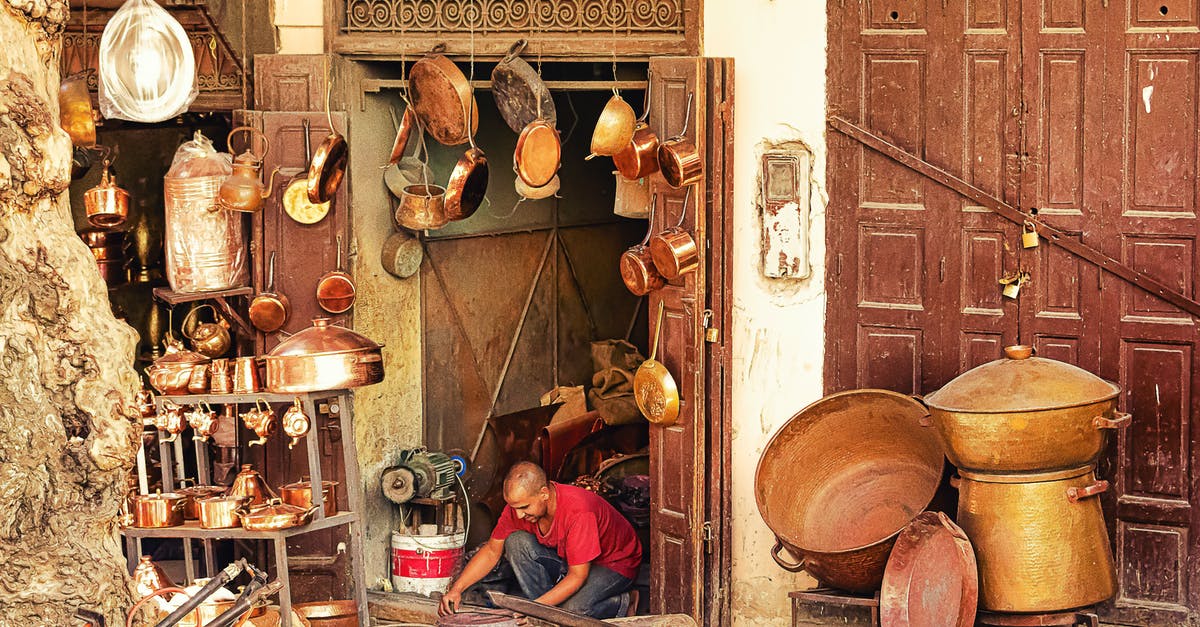Buying my first set of pots and pans

I have NO idea what I'm doing :). I'm looking to buy some pots/pans for my appartment (just moved out). Considering these:
http://www.amazon.com/Cuisinart-MCP-12-MultiClad-Stainless-12-Piece/dp/B0007KQZWU/ref=lh_ni_t
I want to spend under $250 and this seems like a good value for my money. Wanted to check with some experts before I take the plunge.
I'd ideally like to be able to washing machine whatever I buy...
Thanks!
Best Answer
Syrion has already provided some good advice, but I think I can expand it. Note: I live alone and cook for one. And there are a few pieces I use every time. I have more, but I only use them when the primary tool for a task is busy because I am making an involved recipe consisting of multiple components. Beginning cooks seldom make such recipes. So here the list of the minimal setup which will get you through most cooking.
- Pans The minimum is one ceramic coated pan. They are non-stick and can be heated to 400°C, so they are usable for everything you'll fry. The downside is that they are expensive and lose their non-stickiness over time. So you might want to go with two pans: one standard non-stick (PTFE) for eggs (can't be heated too much) and one normal pan for everything else - cast iron if you are willing to take care of it, else stainless steel. Invest in the thickest bottom you can find, 8 mm is a good starting point. As for size, I don't see why you'd need a big pan if you cook small amounts, my primary pan is 8 inch.
- Pots Don't buy any. Buy an enameled dutch oven for everything you will boil and simmer. If you live in the USA, you can get a decent size for $50, in Europe the situation is worse, only the expensive brand name stuff is available. An OK size for a single household is 3 liters. If you find yourself often cooking dishes which need two pots (e.g. pasta with a cooked sauce), get additionally a deep sauce pan, SS needs the least maintenance. Again, look for a thick bottom.
- Oven pan It is for casseroles, roasts, moussakas, lasagnes etc. You can also bake in it - savory things like quiches and filled breads, but also sweet pastries, pies and cake layers. Round is the most versatile shape. A size around 22 to 26 cm diameter and 4-5 cm depth is good for almost everything. As for the material, I prefer porcelain, it ensures a slower, more even baking. It can also be used in the microwave. If you get metal, you can first brown your onions and meat in it in stovetop, then add the veggies and shove it into the oven.
- Pizza stone A good investment even if you only bake frozen pizza. Great if you ever start making your own pizza and bread. Look out for a massive one, not the thin stuff you get for nothing.
- Bowls Two are the minimum I've been able to live on. A smaller one which fits on the dutch oven, preferably glass, can also be used as a double boiler. It is also good for whipping small amounts of yolks, cream, etc. You can make 1-2 portions of salad in it. The bigger one is for doughs and batters, but also for salads. If you add a third very small one (3-4 inch rim diameter), you can whip small things even better, but also eat soup out of it, serve nuts and gummi bears to guests, etc.
- Strainer Very important. It is used for such basic recipes as pasta, stock, etc. You can also wash fruit, veggies and leafy greens in it. Get one which can be hanged over your sink. You can also buy a colander for pasta and washing, but if you only get one of them, it should be the strainer.
If you don't bake, that's about it. If you bake, add a springform pan, muffin cups, a silicon mat and a piping bag with tips. (I assume that your oven came with a cookie sheet). You'll also need 2 knives (chef's and a small one), a cutting board (wood, bamboo or plastic, anything harder blunts your knives) and some things to stir/serve with (ladles, sauce spoon, big spoons, tongs, etc). I consider a digital scale and thermometers also essential for a kitchen, but many people go by without them. You're then set up for cooking in a minimal kitchen.
If you can get what I listed above as a set, go ahead and buy it. I have never seen such a set, so I think it is better to buy them separately. Later, if you notice that you miss something, you can always buy it as a separate piece.
Pictures about "Buying my first set of pots and pans"



What pots and pans to start with?
8 Essential Pots and Pans for Getting Dinner on the Table- CAST-IRON SKILLET. An old-fashioned cast-iron skillet is close to a perfect pan. ...
- CAST-IRON GRILL PAN. ...
- ROASTING PAN. ...
- STRAIGHT-SIDED SAUT\xc9 PAN. ...
- SAUCEPAN. ...
- STOCKPOT. ...
- DUTCH OVEN.
Should you wash new pots and pans before first use?
Before using new cookware for the first time, wash it with hot, soapy water, rinse well, and dry it thoroughly with a soft cotton or linen towel.How many pots and pans should you own?
The three basic pots you need to start your collection: a two-quart saucepan, a 10-inch saute pan, and an eight-quart stockpot. They'll cover just about any cooking task, and if you buy high-quality pieces, you'll have them for a long, long time. And if you're buying only three, you can get the best.What should you do when you buy a new pan?
How to Season a Pan for the First TimeMY FAVORITE COOKWARE | best pots and pans worth the money (on black friday and cyber monday)
More answers regarding buying my first set of pots and pans
Answer 2
I always check around for a sale first. This applies to things like knives too.
Probably my most used pieces are my wok, and my 3 sauce pots (is that the regular name?).
You can stir fry, steam, deep fry in woks. And pots are good for soups, sauces, stews, curries - things that you cook for the week. Get a wok with a handle like a skillet.
Pots you can put in the dish washer. I don't recommend that for a wok though. Maybe if you get a fancy wok.
Answer 3
I'll agree with the others on don't buy a set. I got by for years with only a hand-me down pot & skillet. (and then got a hand-me down set when my uncle died). If you don't manage to get a lot of stuff at once, you can slowly build up your own set, selecting the pieces that you'd actually use. ... or go to lots of estate auctions and yard sales to build your collection (which my mom still does, as she likes old cast iron).
Take a consideration of what you like to cook, how many people you're cooking for, and the size of your stove & oven.
For instance, I lived alone, and at most I'd cook for a second person at any time, and I had a rather small stove ... so there was no way that I'd have wanted a 12" pan. I started with an 8" and moved up to a 10" after a couple of years. If you tend to do more asian cuisines, you might want instead to use a wok (or flat bottomed wok if on an electric stove, or just a skillet to be more versatile)
If you come from more of a pasta background, you'd likely want a larger pot than you'd want if you tend to cook rice-based cuisines.
As for materials, if you're used to cooking with non-stick, I'd keep doing that. If you're used to cooking on stainless steel, or cast-iron, just stick with what you're familiar with.
The TV show America's Test Kitchen does review of tools, and although All-clad tends to win their rounds of testing for stainless, they also designate a 'reasonably priced alternative'. I've never signed up for their website, so I don't know if they describe their testing methodology on there (so you can see what they thought were important considerations), and if they detail what the drawbacks of the various items tested were.
The only one caveat I would make is that for stainless steel, you really need to look into its construction. Stainless on its own is a poor heat conductor, so you need to look to what the proportion (if any) aluminum or copper is used. For years I used (and still use some pieces of) Revereware and also have a few pieces of Tools of the Trade, both of which have a disk of aluminum on the bottom. Some use copper disks (even better conductor), and others like All-clad have it, but it's then encased in stainless, so it's harder to tell how much just by looking at it.
(and similar comments on other bits ... I didn't have much of anything else other than utensils, knives and a cutting board. My pot would double as a mixing bowl, and I'd use the lid on the pot in place of a strainer)
Answer 4
For your first few pots and pans, don't buy a set; you don't know what you like yet, and will end up with something that you don't enjoy. I'd recommend three pieces as essentials: a 12" fry pan with sloped sides that will be your "go to," day to day pan; a 4.5 qt. (or so) sauce pan, for soups and the like; and a 8" or 10" non-stick fry pan for eggs, omelettes, and pancakes. You can spend a chunk of change on each of these items. For example, my 12" fry pan is the 12" All-Clad, and I love it--but I only bought it after buying two sets, neither of which I loved (and pieces of both are still hanging around).
Consider these items, designed for commercial use and therefore less expensive than some consumer-oriented products:
- Vollrath 12" Fry Pan / Vollrath 10" Fry Pan
- Vollrath 4.5 qt. Sauce Pan / Cuisinart Chef's Classic 3 qt. Sauce Pan (Consumer-oriented)
- Carlisle 8" Non-Stick Fry Pan
These will set you back about $100 total and will do basically everything that you need to do--freeing you up to also pick up a couple of cast iron skillets or a nice knife. Also note that you shouldn't put your pans in the dishwasher. It will ruin non-stick surfaces, take the seasoning off cast-iron, and discolor your stainless steel.
Later addition: I also think you should consider a large pot for making stocks and soups, especially if you go with the smaller sizes above. Personally, I love my Lodge Dutch Oven, which is relatively inexpensive and will allow you to do things like No-Knead Bread, slow-cooked stews, and so on. You also can't go wrong with a really cheap aluminum stockpot, which is useful for making stocks and soups.
Answer 5
I have had some bad luck with Cuisinart sautee pans. I had two of them split on the side. The first one during its second trip through the dishwasher (yes, they claim to be dishwasher safe) the second one lasted about 2 years. After the second one failed I replaced it with a cheap stainless pan from a kitchen supply store.
I have a set of Revere Ware pots and pans that I have had for about 13 years, with no problems with them whatsoever other than the plastic lids for the steel bowls shrinking slightly over that course of time. That was the starter set that my parents gave me when I moved out of the house.
Answer 6
The triple-ply construction of the set you listed is a superb feature, because it promotes even heating even at the corners of the pan. Most pans only have the aluminum or copper heat spreader at the bottom, and the corners can have hot spots that burn the food.
Walmart's Tramontina line has pots and pans with the same feature.
The stainless steel interior isn't non-stick, but it's not bad, and you don't have to worry about abusing it when you clean it.
Answer 7
Skillets are pretty nice to use. And easy to wash. Don't wash with soap though, it will make the skillets rust. You also have to keep them oiled, because that also makes them rust. you can find them for a reasonable price at williams-sonoma. they come in a few different sizes, so pick a few that would suit your needs.
Answer 8
Absolutely! Cast iron is the best. You can clean it with a sandblaster if you want to, and it heats very evenly. You also get a good workout by lifting the cookware. Lots of people buy cast iron, and then decide to go with cookware that is lighter and prettier, making used cookware extremely inexpensive.
Sources: Stack Exchange - This article follows the attribution requirements of Stack Exchange and is licensed under CC BY-SA 3.0.
Images: Niki Nagy, neil kelly, ArtHouse Studio, Alberto Capparelli
